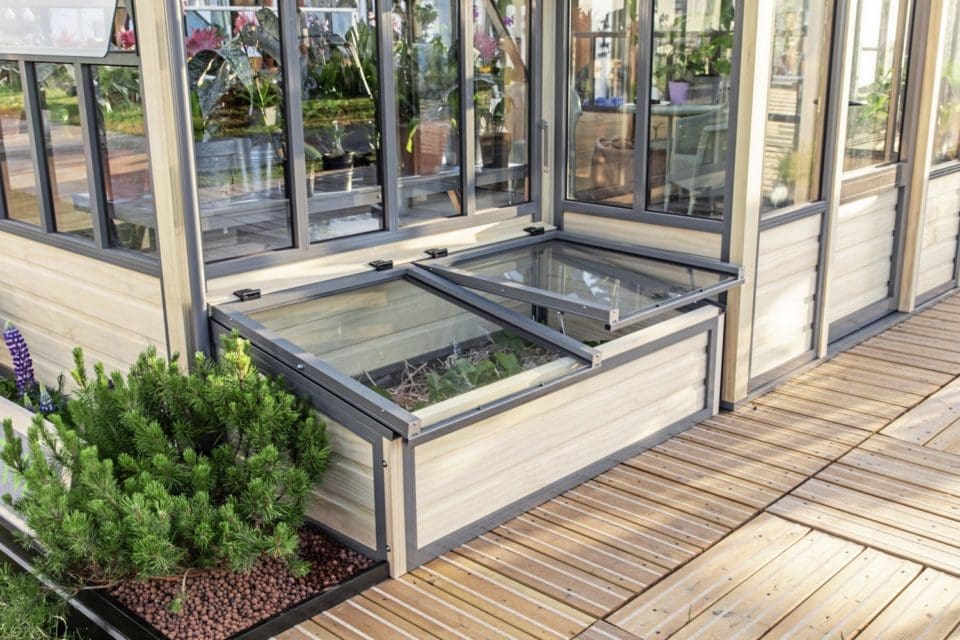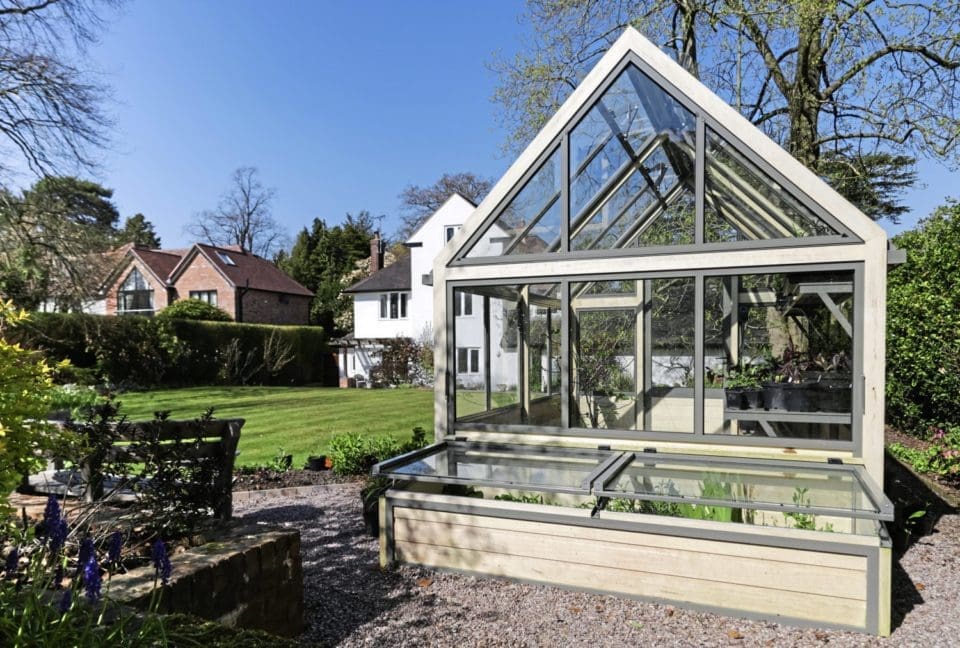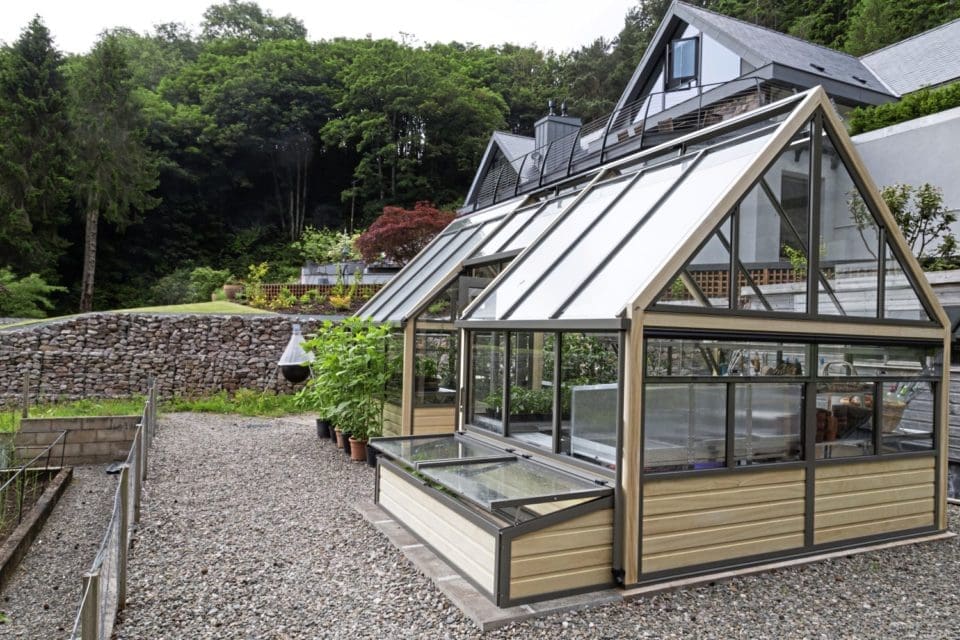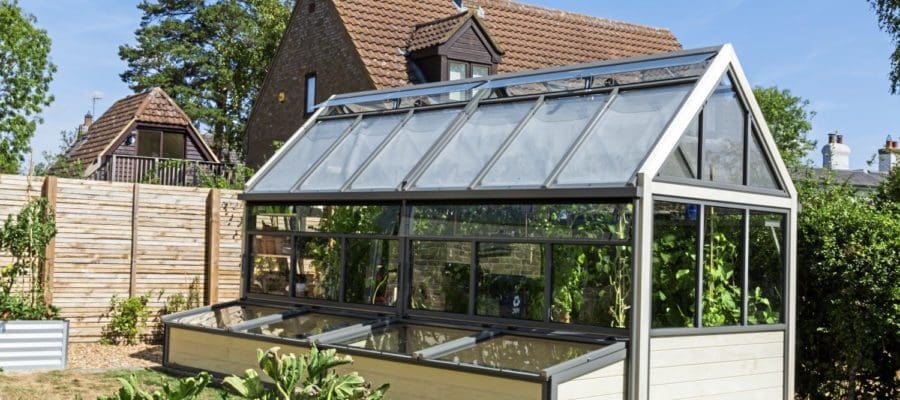Plants raised indoors, whether they are edible or ornamental, often need to be acclimatised to the great outdoors gradually, as the cooler temperatures, lower humidity and increased exposure to the elements can all affect young and tender plants.
This process of preparing seedlings to be planted outdoors is known as “hardening off.” It usually takes two or three weeks, and involves steadily moving them from inside the greenhouse to the garden to toughen them up and prevent “transplant shock.”
Here, experts at Cultivar Greenhouses share how to harden off your plants successfully this spring.
When to begin hardening off your plants
Of course, the best time to harden off your plants depends on what the weather is like where you are based, as well as the type of seedlings you are growing.

Generally, in the UK the best time to begin the hardening off process is at the beginning of May, as the risk of late frost has usually passed by the middle of the month. If you’re in the North of the country, it is usually best to wait a little longer, though!
Some half-hardy plants such as zinnia, cosmos and sunflowers, can withstand a light frost or two. However, if you are growing more tender crops, it is best to hold off until you are certain the last frost has passed – better to be safe than sorry!
How to harden off your plants
Begin hardening off your plants by exposing them to the elements slowly on a warm but overcast day.
The safest way is to use a cold frame, as this will provide more protection and allow you to closely control how much exposure young and tender plants receive. Ideally, your cold frame should be positioned in a south-facing area that offers a good amount of light and is sheltered from the wind.
Begin by placing your seedlings inside with the lid down for a few days. Thereafter, on a warm day you can begin opening the lid ever so slightly until the afternoon temperatures drop. As the weeks progress, you should gradually increase how much you raise the lid until eventually the plants are used to outside temperatures and the lid is completely open. Thereafter, plants are ready to make the move from this half way house to their final detonation in the garden.

If you don’t have a cold frame available, you can begin the process by simply opening the greenhouse door on a warm day to allow more airflow throughout the environment.
You can then begin moving them outside to a south-facing, sheltered spot in the garden for a few hours at a time each day, provided that it is warm and overcast. This process involves keeping a closer eye on the weather, as plants will naturally be more exposed to the elements without the protection of a cold frame. It’s not just the cold that can damage your seedlings – of course, if it is too cold your seedlings could go into shock, but too much direct sunlight may scorch delicate leaves and wind could tear them or damage stems.
Eventually, and only if the temperature remains stable both day and night, seedlings can be left in your cold frame, and then outdoors, overnight.

After roughly two to three weeks of this process, your plants will be ready to be transplanted into your beds, borders or pots. As with hardening off, try to transplant them on a warm but overcast day, and water well after planting, to give them the best chance of taking root.
Why choose a cold frame
Cold frames play a valuable role in the hardening-off process, as they are designed to insulate and warm the soil plants are grown in, giving the more delicate plants a better chance of survival outside. As well as providing protection for plants, a cold frame can also extend the growing seasons and provide more space to grow.

British handmade greenhouse manufacturer, Cultivar Greenhouses, offers cold frames as an additional integrated feature to your greenhouse. They can be placed on either side of your greenhouse depending on the optimum position for protecting tender plants.
They feature high-quality hinged lids so that they can remain open in the warmth of the day and closed at night to offer another level of protection for delicate plants. The lids can be opened in stages, allowing for maximum airflow throughout the day. A Cultivar Greenhouses cold frame can be made using either sustainable Accoya wood or aluminium to perfectly match your main greenhouse structure, making an attractive addition to your garden.
For more greenhouse gardening advice and information about Cultivar Greenhouses visit the website here.





